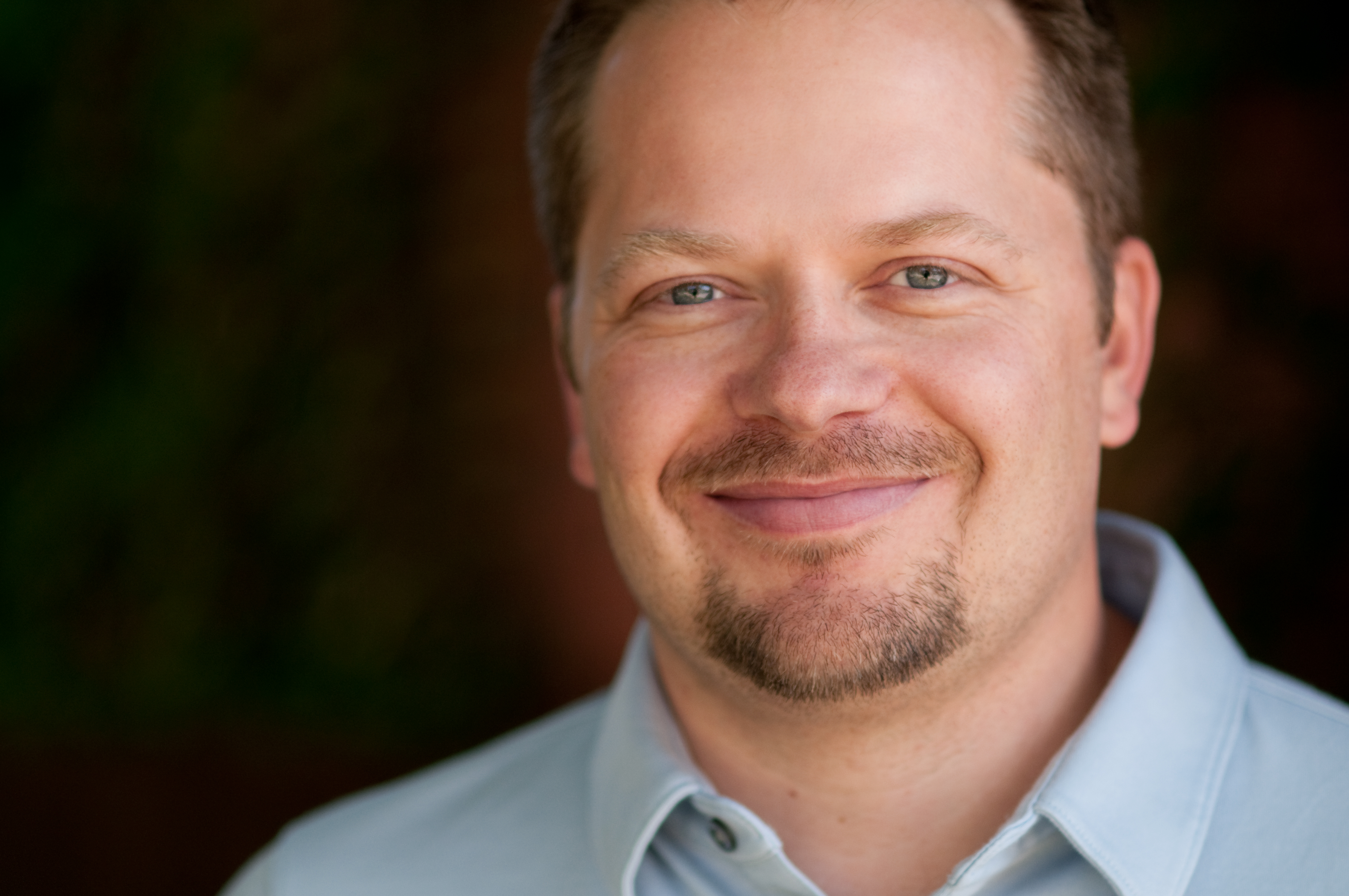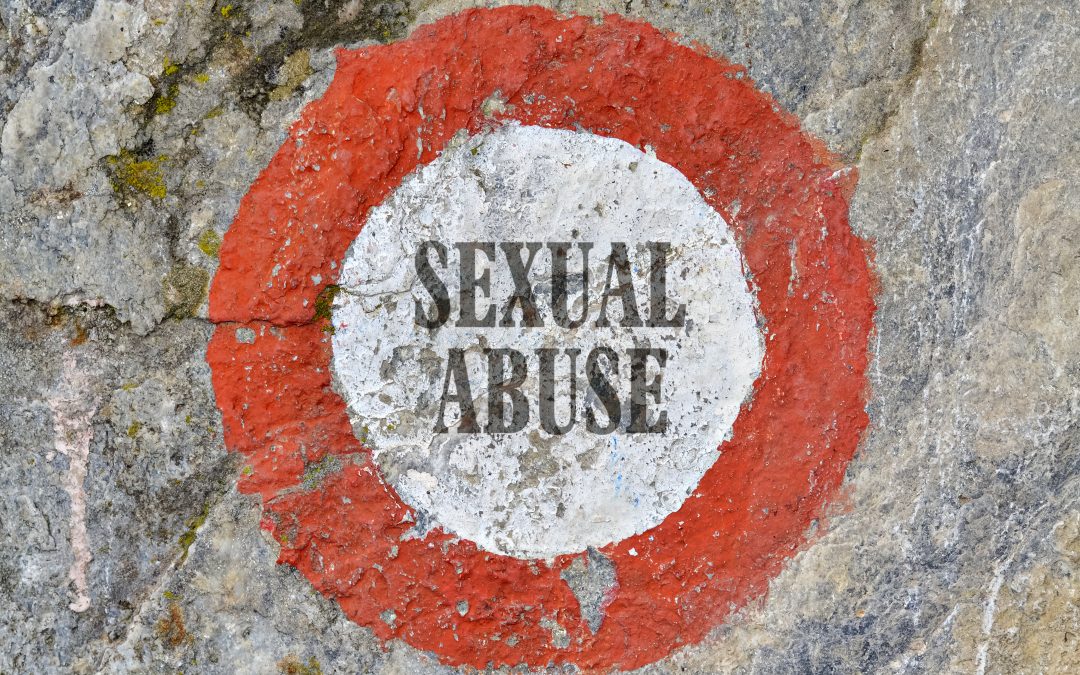Sexual abuse is common in the history of the men and women that come to Where Grace Abounds. These types of experiences can have unique and lasting effects in a person’s life. This is one of the reasons we offer support and services specific to abuse. Sometimes a person arrives on our doorstep with a clear understanding of what has happened to them. At other times there seems to be a sense of denial about it. Perhaps part of the denial stems from confusion about what sexual abuse really is.
As part of the services I mentioned above, we suggest people read The Wounded Heart by Dan Allender. A note of caution: While we highly recommend the book, it is not an easy read. We encourage people to talk with their support system about what they are reading. Even better is to read it with a friend or in a group.
What is sexual abuse?
In the book, Allender gives us this definition of abuse:
“Sexual abuse is any contact or interaction (visual, verbal, or psychological) between a child/adolescent and an adult when the child/adolescent is being used for the sexual stimulation of the perpetrator or any other person.”1
He goes on to say:
“Sexual abuse may be committed by a person under the age of eighteen when that person is either significantly older than the victim or when the perpetrator is in a position of power or control over the victimized child/adolescent.”2
Many have experienced the worst kinds of abuse at the hands of their peers, sometimes even from someone younger. The effects of these experiences can be traumatizing and life altering.
An early awakening
I was first introduced to my sexuality when I was about eight years old. It was initiated by a boy who was a year younger than I was. Beyond the common childhood threat of “I won’t be your friend anymore if you don’t do this,” I don’t remember being forced or bullied into anything. For years, I wrote this experience off as childhood curiosity. In retrospect, it was clearly more. As it involved oral sex, this went beyond the common “I’ll show you mine if you’ll show me yours” incident. Undoubtedly, this boy had either been physically sexually abused himself or exposed to pornography or some other such occurrence. The things that had happened to him were then happening to me. I, in turn, shared my new-found knowledge with other boys my age as well.
Allender describes two broad categories of sexual abuse: sexual contact and sexual interactions:
“Sexual contact involves any type of physical touch that is designed to arouse sexual desire (physical or psychological) in the victim and/or the perpetrator.”3
“Sexual interactions are far harder to acknowledge because they do not involve physical touch and therefore do not seem as severe. Many times it involves a subtle sexual invasion that leaves the victim wondering if it occurred or if it is a byproduct of her own distorted imagination. Interactions can be categorized as visual, verbal, or psychological.”4
Interactions that are sexually motivated
Sexual contact seems to include all of the things one normally defines as sexual abuse. Sexual interactions, as Allender explains, can be much more understated and difficult to identify. Being exposed to pornography or sexual situations at an early age are abusive situations. A son or a daughter who is subject to lingering stares by a father or another adult is abusive too. Even simply hearing sexually explicit language and jokes can generate effects similar to a person abused through sexual contact.
When I was slightly older than I was in the incident I described, I had several experiences of sexual interactions. The memories I recall were not of the subtle variety. I can remember two separate times that older boys in my neighborhood exposed themselves to me while they were aroused. Another time, an older boy locked me in his van and showed me pornography. He then tried to coerce me into taking my clothes off and posing like the women in the magazine. None of these experiences involved physical contact, but there was clearly an effect upon me.
Being sexually abused, whether with sexual contact or with sexual interactions, has consequences. Allender writes whole chapters about powerlessness, betrayal, and ambivalence, along with another chapter devoted to secondary symptoms. Another is about how our styles of relating are shaped. These types of experiences go deep and can have long lasting effects.
Being led by God
My hope is that this article has opened your eyes to the complexities of defining what sexual abuse is. By simply living and breathing in an over-sexualized culture, we are bombarded all the time with what could be described as sexual interactions. Perhaps taking another look at some of what has happened in your own life can help explain why some of you or someone you know is living with the effects of abuse, even though there may not have been sexual contact involved.
A final point: When working with abuse issues, we challenge people to not go digging around in the past just for the sake of finding something. The only reason for addressing abuse issues is to find resolution to the ways past abuse is having an effect today. For example: if a person was betrayed in their childhood by a person who was supposed to be safe, they may have difficulty trusting people today.
God wants to heal these places of pain in the lives of men and women. I pray that you will be touched by God in those dark, wounded places. I pray that you will serve as the hands of God to help others who have been hurt as well.
1 Dr. Dan B. Allender, The Wounded Heart, (Colorado Springs: NAVPRESS, 2008), pg.47
2 Allender, pg. 47
3 Allender, pg. 48
4 Allender, pg. 48

Roger Jones
Executive Director
In the spring of 1995, the conflict Roger felt between his faith and his sexuality, as well as an addiction to pornography, led him to WGA. His personal journey has provided him unique insights into sexuality and the pain of adversity, which he shares through his testimony, facilitation of small groups, writing and public speaking.
Roger began working with WGA in October of 1996 as the Assistant office Manager. Since that time, he has worn many hats and served in several different positions, including Assistant Program Director and Operations Director. In April of 2007, Roger assumed the position of Executive Director.
Roger attended West Texas A&M University, where he studied Music Business. Much of his training has been “on the job,” where he was mentored by the ministry’s Founder, Mary Heathman, and the Program Director, Scott Kingry. He holds a BA from West Texas A&M University.
Roger, his wife Jill, and their daughter Julia and son William, attend Celebration Community Church where Jill serves as Associate Pastor.
Make a Difference in Someone's Life
If you enjoy reading WGA’s blogs and would like to show your support, please consider making a donation. Where Grace Abounds is a 501(c)3 non-profit organization. The majority of services, including support groups and discipleship counseling, are provided free of charge. Your financial gifts help to cover the costs associated with offering a free program to those who seek WGA’s services.
Note: We are a participant in the Amazon Services LLC Associates Program, an affiliate advertising program designed to provide a means for us to earn fees by linking to Amazon.com and affiliated sites.

